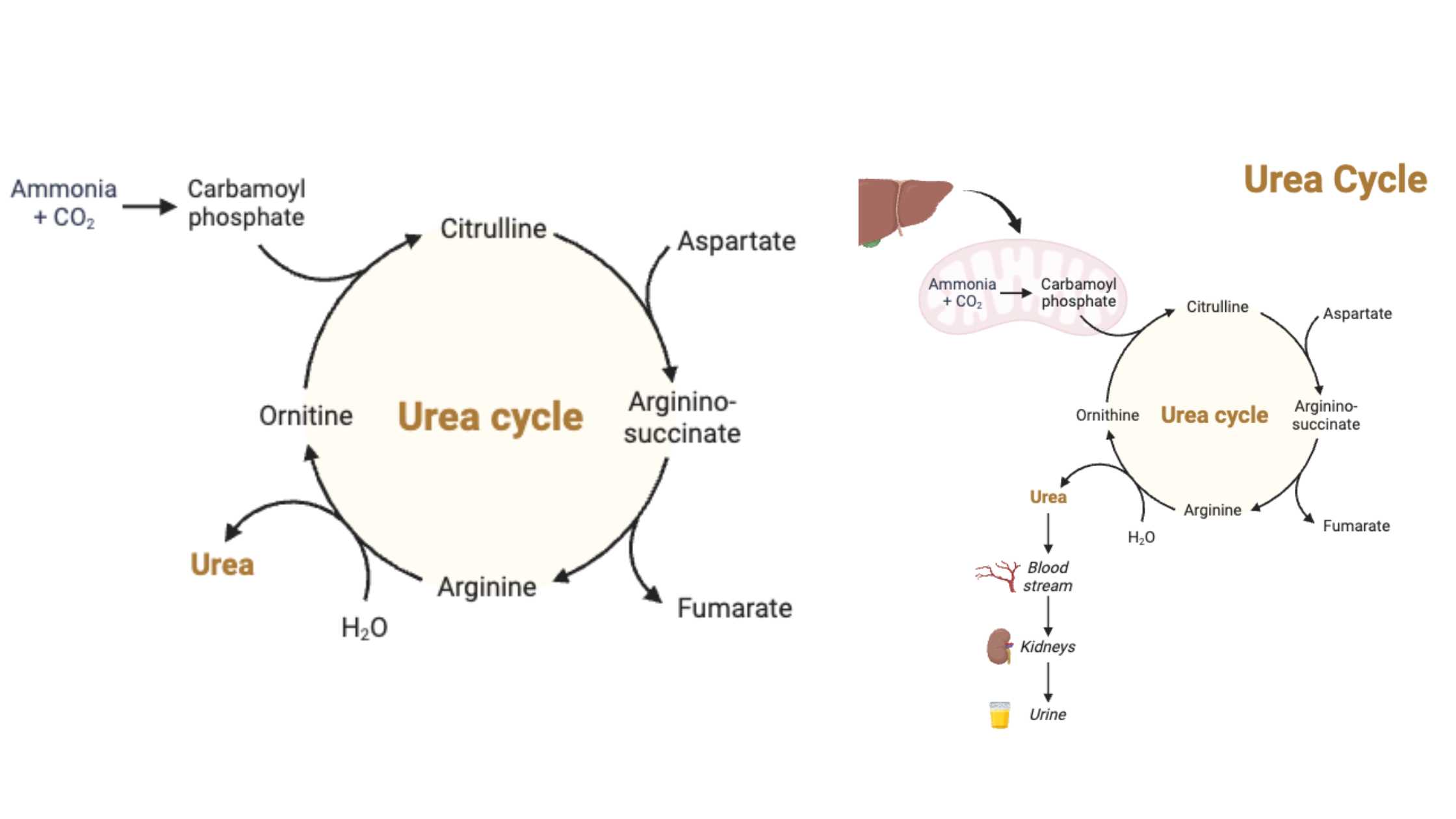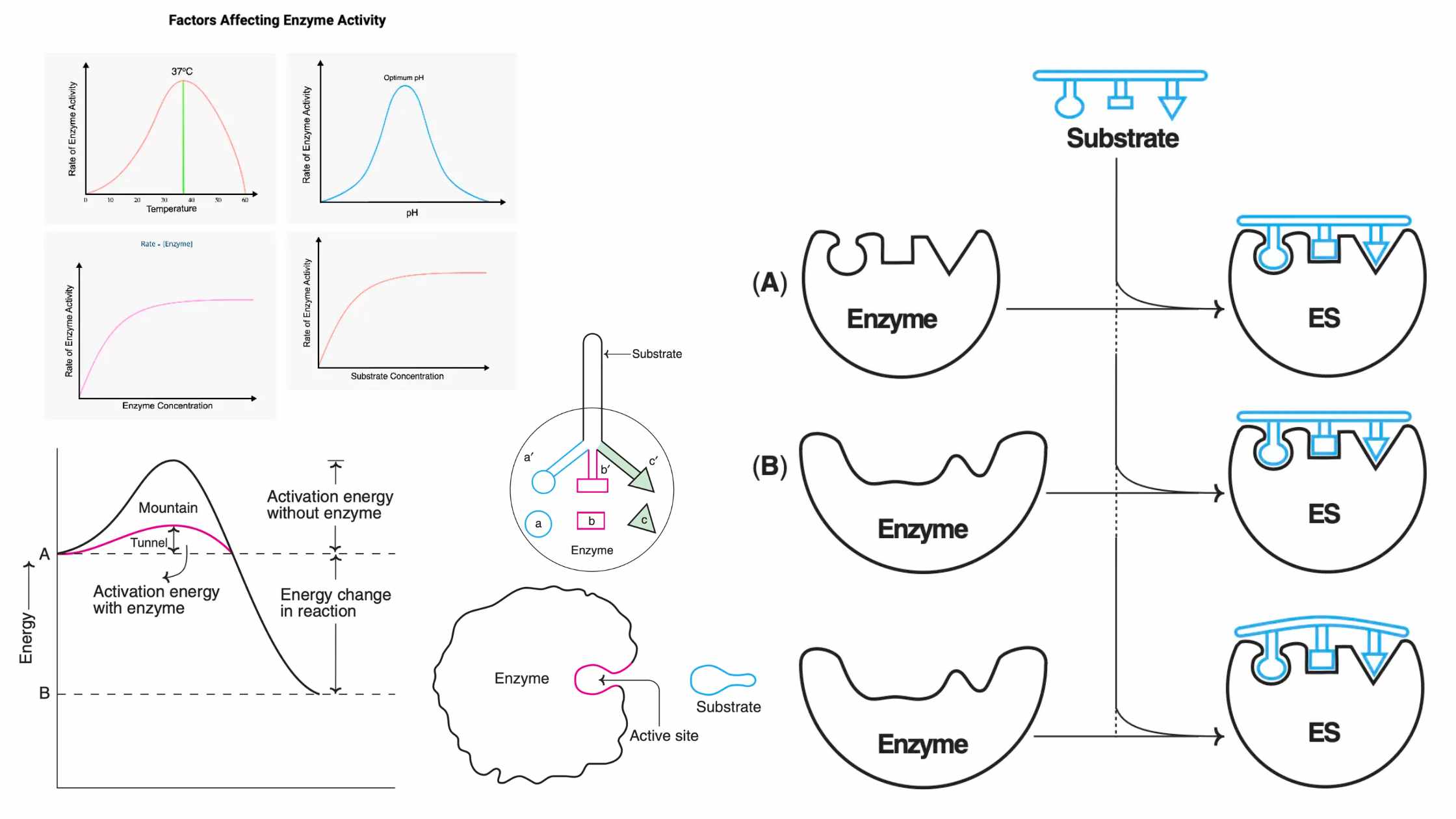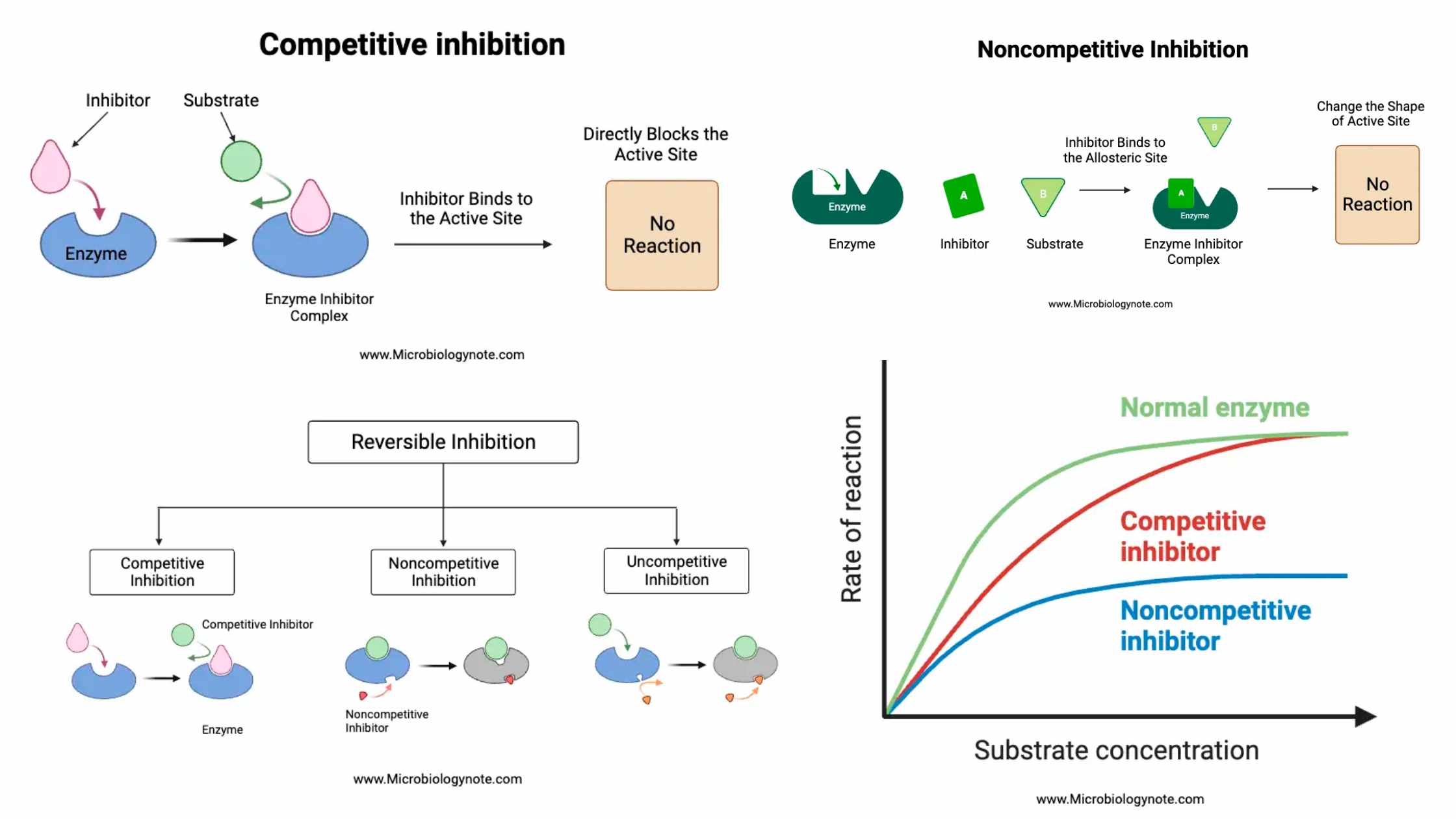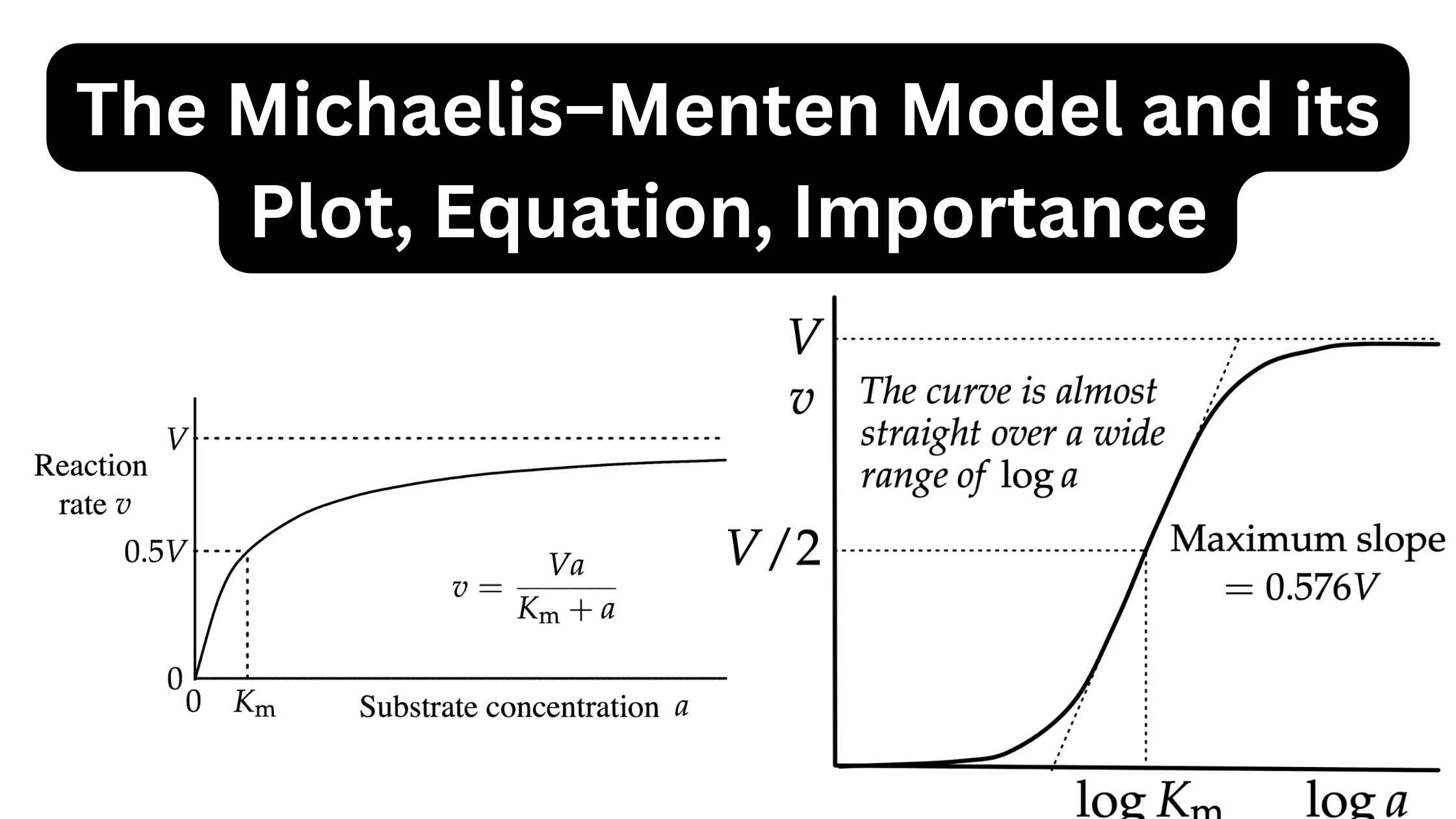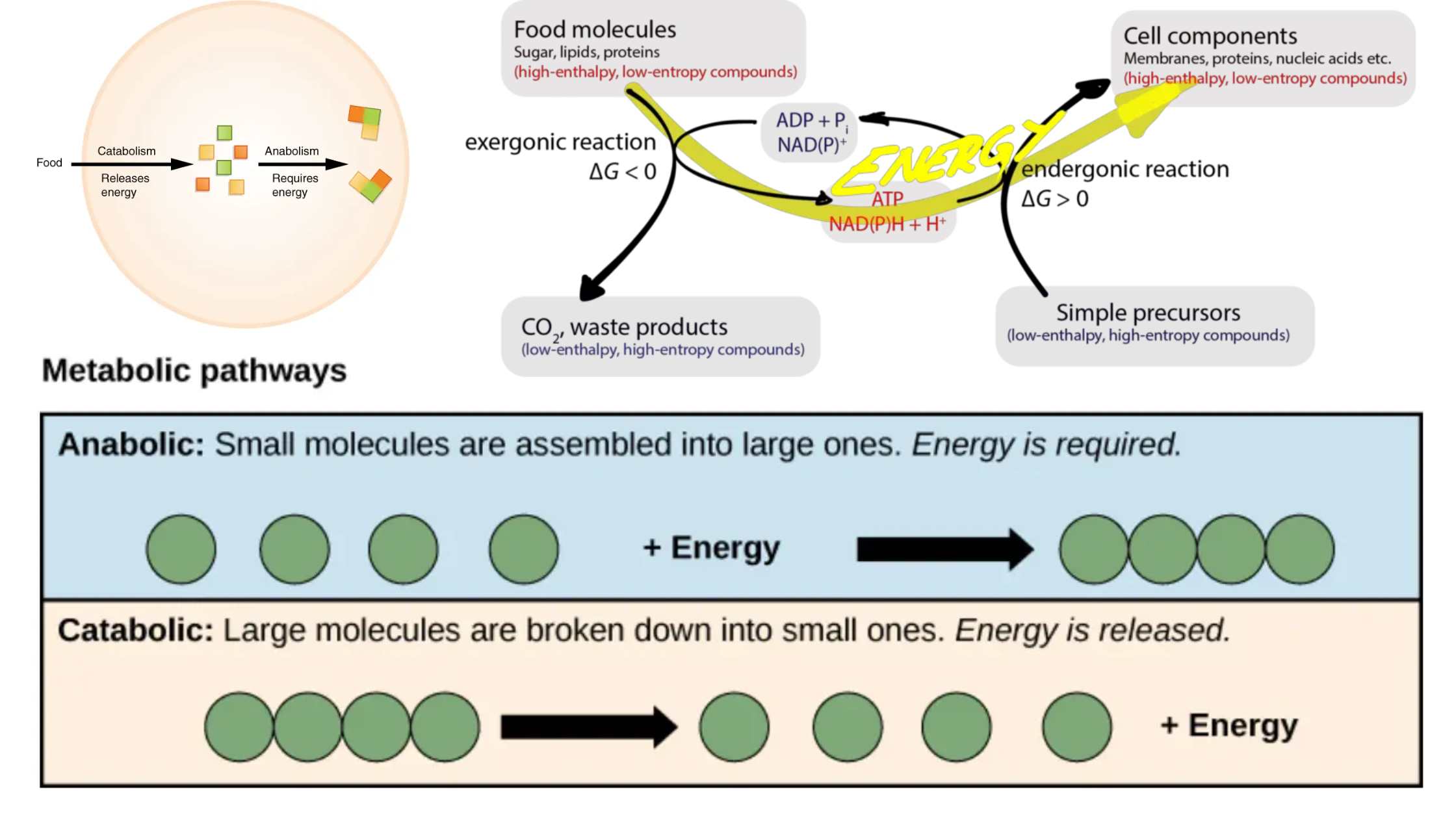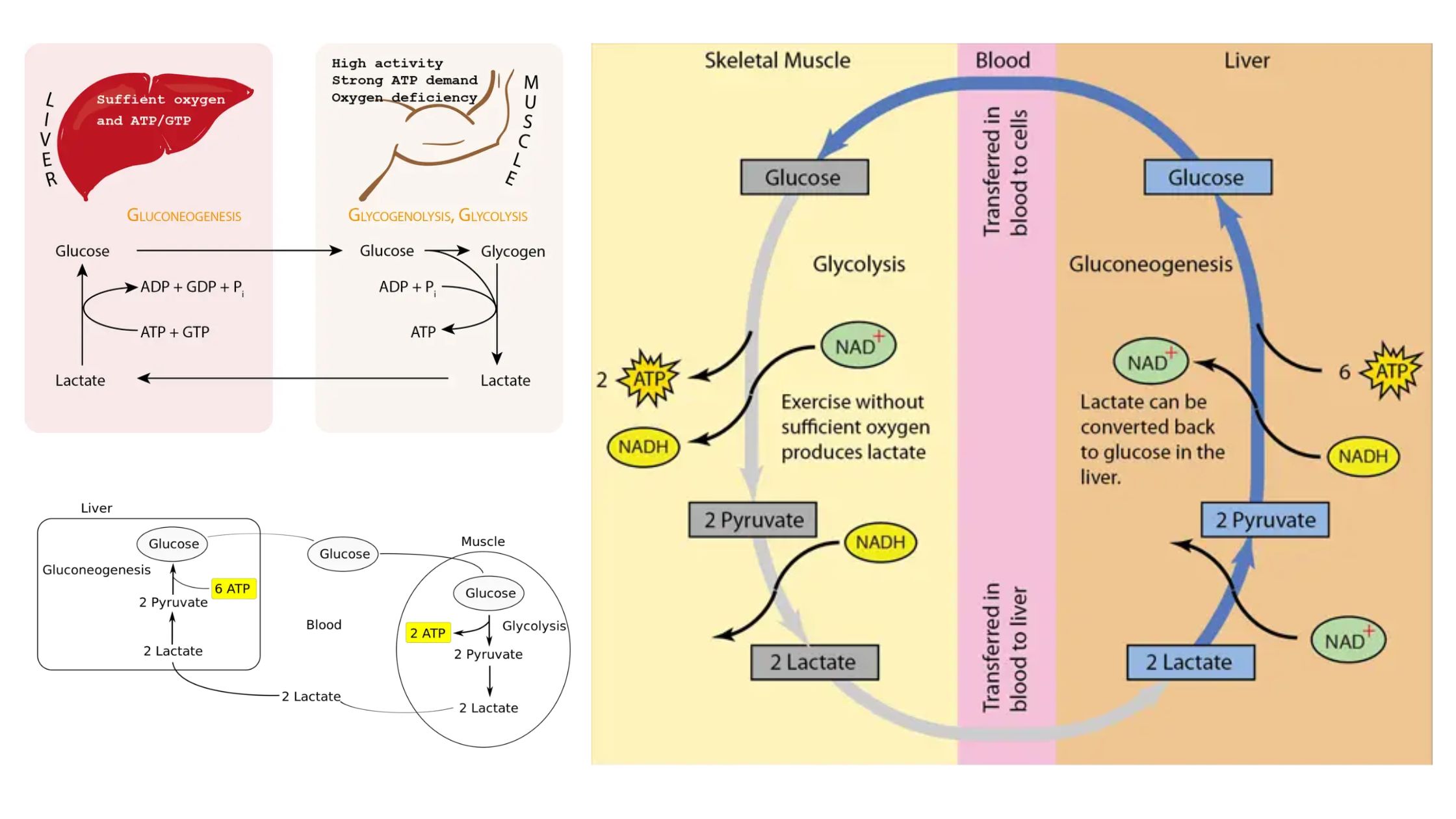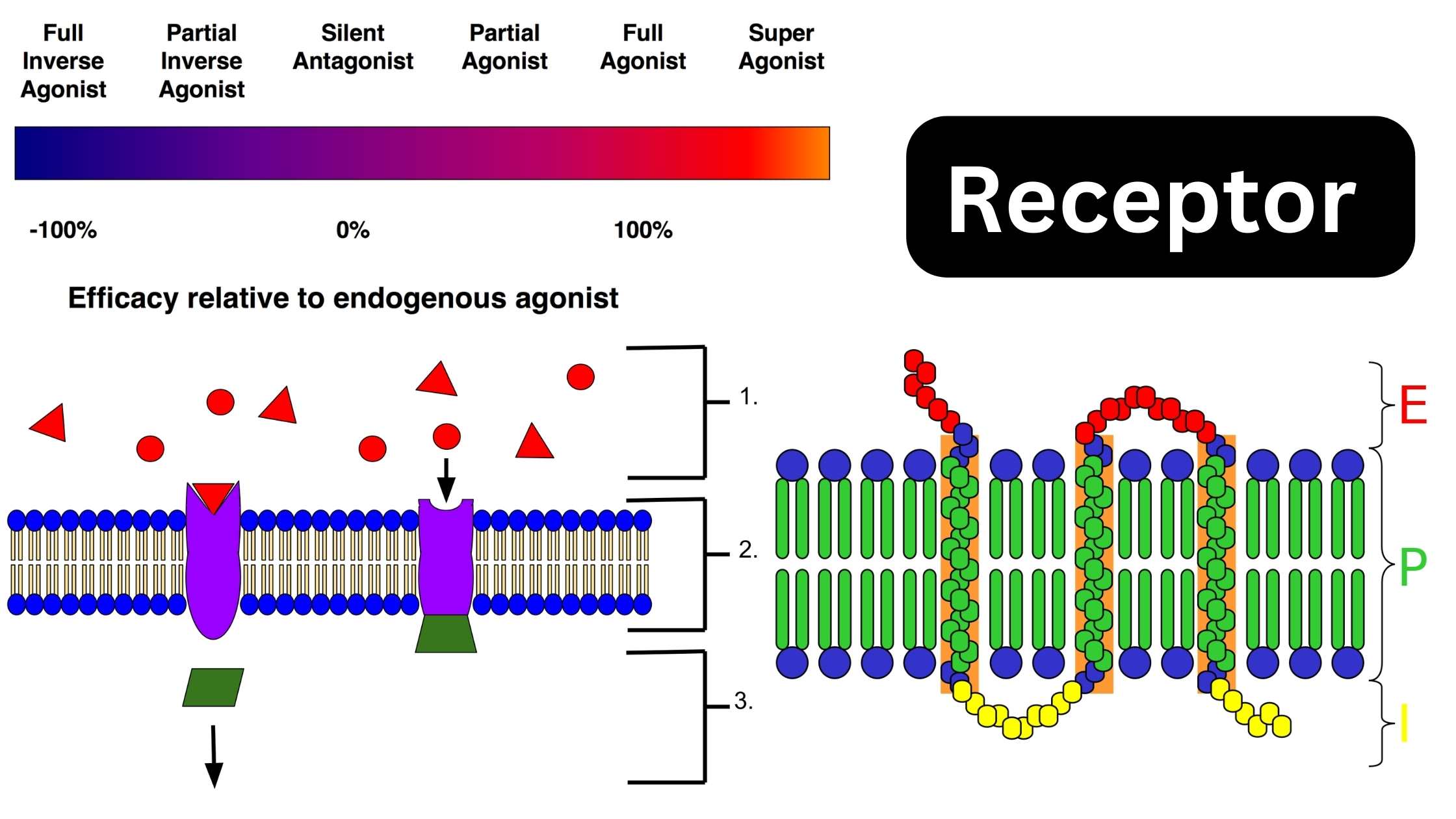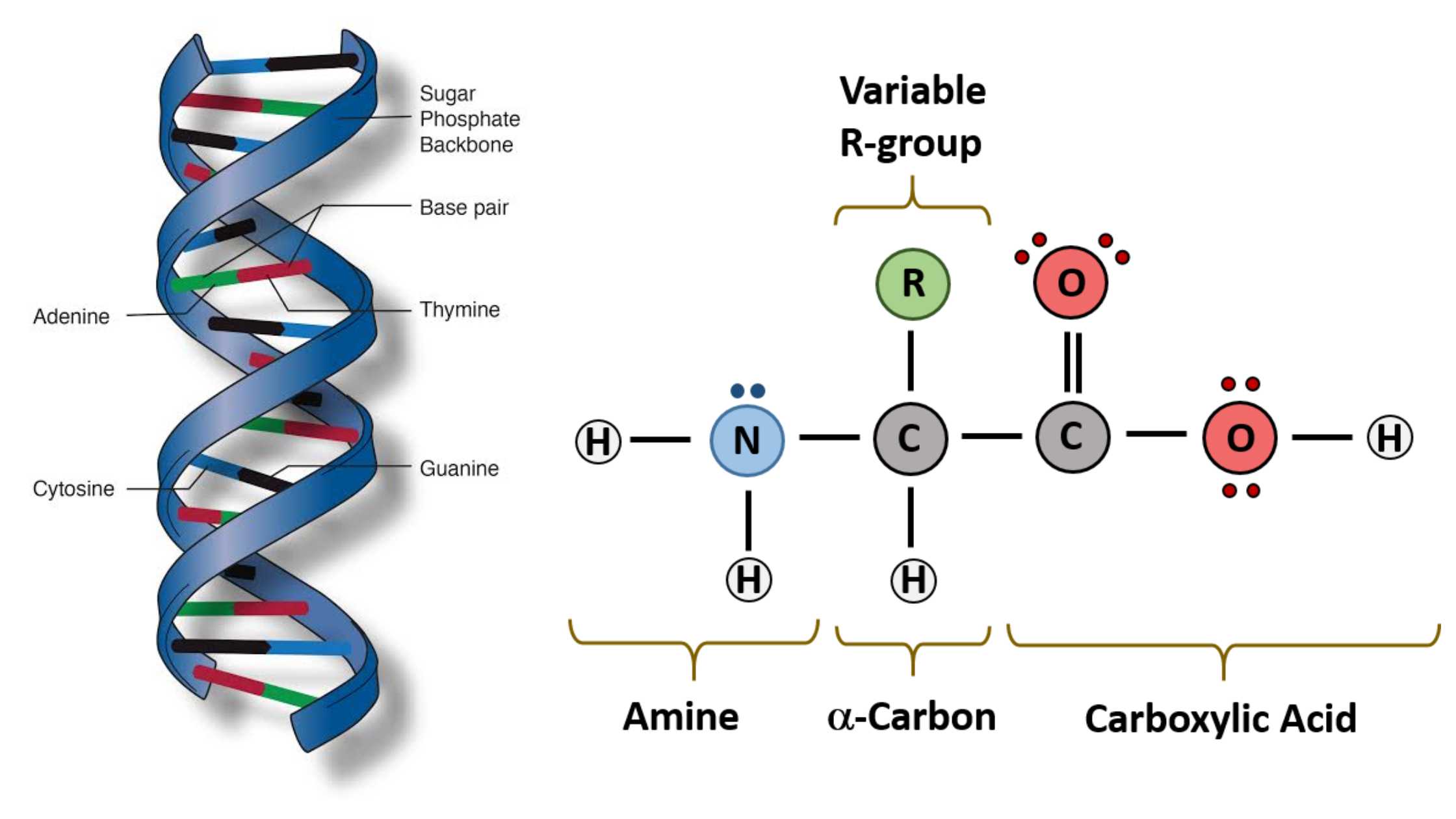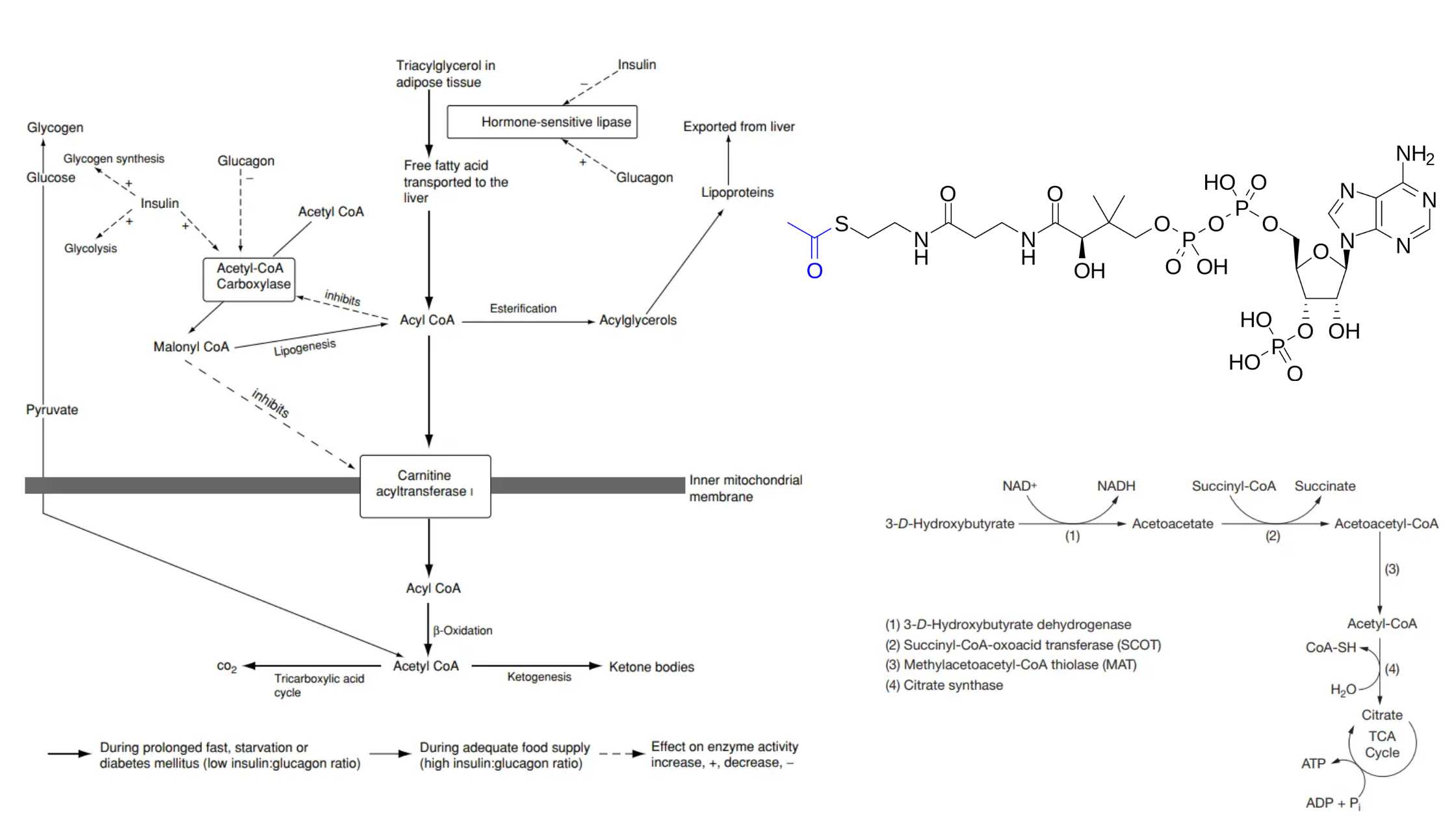Urea Cycle – Steps, Reactions, Enzymes, Products, Regulation
What is Urea Cycle? Definition of Urea Cycle The urea cycle is a series of biochemical reactions in the liver that convert ammonia, a toxic byproduct of protein metabolism, into urea, a less harmful compound that is excreted in the urine. Urea Cycle Reactions/Urea Cycle Steps The urea cycle is a critical metabolic pathway that operates primarily … Read more
